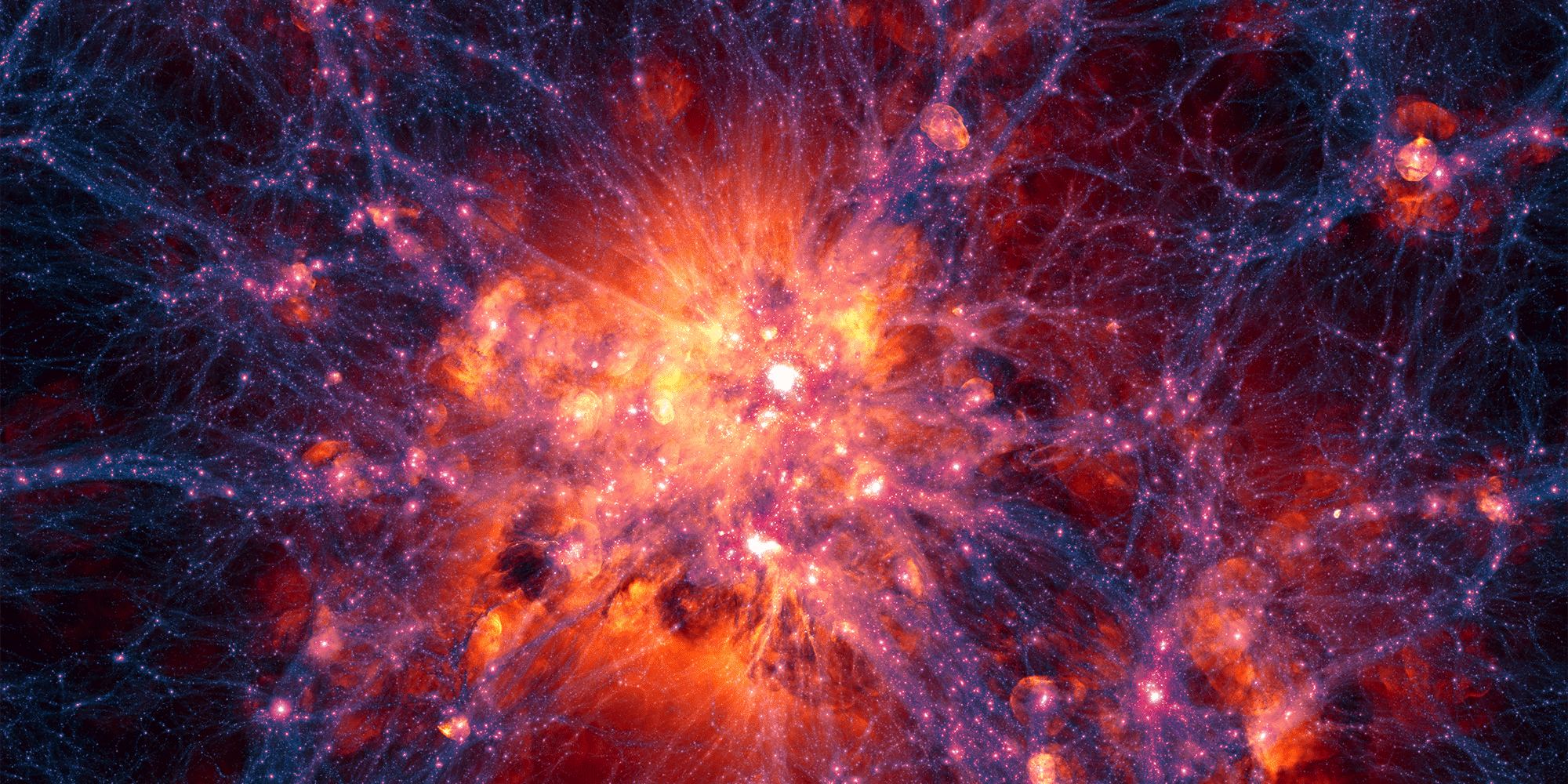A recent discovery is reshaping our understanding of how dark matter shaped the cosmos in its infancy. An international team of astronomers has found that dark matter played a dominant role in two galaxies hosting supermassive black holes nearly 13 billion light-years away. This revelation challenges prior assumptions that early galaxies contained less dark matter than those seen today.
The study, published in The Astrophysical Journal, provides crucial insights into the evolution of galaxies and the hidden forces sculpting the universe since its earliest epochs.
Dark Matter’s Role in Galaxies: A Longstanding Mystery
The existence of dark matter was first hinted at in the 1970s by astronomer Vera Rubin, who observed that stars in the outer regions of galaxies were moving faster than expected. This led to the realization that an unseen mass—later named dark matter—was exerting gravitational influence, preventing galaxies from tearing apart.
But while the impact of dark matter in modern galaxies is well-documented, its role in the early universe has remained elusive. Previous studies suggested that galaxies in the distant past contained proportionally less dark matter, but this new research challenges that idea.
Tracking Dark Matter Billions of Years Into the Past
Led by Qinyue Fei of the Kavli Institute for the Physics and Mathematics of the Universe (Kavli IPMU) at the University of Tokyo and Peking University, the team examined two quasar-hosting galaxies at a staggering distance of 13 billion light-years. Their goal? To measure how dark matter influenced these galaxies when the universe was still in its infancy.
Using the Atacama Large Millimeter/submillimeter Array (ALMA), researchers mapped the motion of gas within these galaxies by analyzing the ionized carbon (C+) emission line. They then constructed rotation curves—graphs showing how gas velocity changes with distance from the galaxy’s center.
A Flat Rotation Curve Suggests Unexpected Dark Matter Presence
Previous observations of ancient galaxies often revealed declining rotation curves, indicating that dark matter was less influential at the time. However, Fei’s team found the opposite: a flat rotation curve, similar to what is observed in modern massive disk galaxies. Their calculations suggest that dark matter made up around 60% of each galaxy’s total mass—a proportion comparable to galaxies in today’s universe.
“We’re applying the same techniques Vera Rubin used, but now to galaxies in the early universe,” said study co-author John Silverman of Kavli IPMU.
These findings imply that dark matter was already playing a critical role in shaping galactic structures billions of years ago, much earlier than previously assumed.
This discovery challenges long-held theories about how galaxies evolved over time. It raises new questions about how dark matter accumulated in the early universe and whether current models of galaxy formation need to be revised.
By unlocking new clues about the universe’s invisible framework, this study offers a fresh perspective on how dark matter and supermassive black holes influenced the formation of the galaxies we see today.
Join the Conversation!
Have something to share or discuss? Connect with us on Facebook and join like-minded explorers in our Telegram group. For the latest discoveries and insights, make sure to follow us on Google News.











